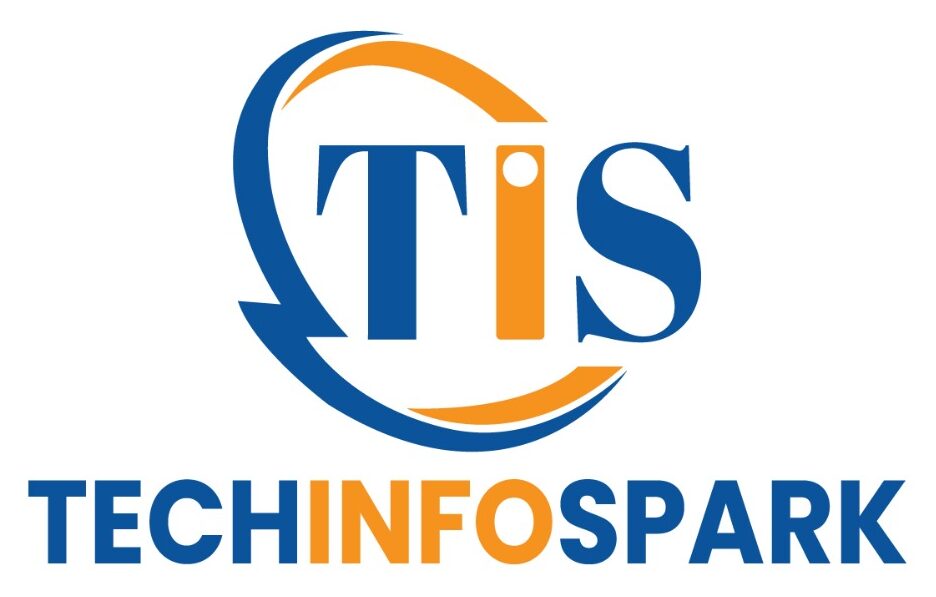Monetizing a niche blog isn’t just about slapping ads on a page — it’s about attracting the right visitors, building trust, and offering monetization formats that match your audience’s intent. Below are practical, SEO-focused strategies that help niche bloggers rank higher, increase targeted traffic, and convert that traffic into steady income.
Pick laser-focused keywords (and use them like a surgeon)
Broad keywords bring broad visitors who rarely convert. For niche blogs, target long-tail and buyer-intent phrases that show clear monetization potential.
-
Use keyword modifiers: “best,” “buy,” “review,” “vs,” “cheap,” “2025,” “for beginners.”
-
Create a keyword map: cluster 5–10 highly relevant long-tail keywords per content pillar.
-
Optimize on-page elements: include primary keyword in title, H1, first 100 words, URL slug, meta description, and 2–3 subheadings naturally.
Example: instead of “yoga props,” target “best yoga props for beginners 2025” or “non-slip yoga mat review for hot yoga.”
Build content that answers transactional intent
Create a content mix that addresses all stages of the buyer journey:
-
Informational: “What is X?” — attracts top-of-funnel readers (use for backlinks and authority).
-
Commercial: “Top 10 X for Y” — targets shoppers researching options.
-
Transactional: “Buy X online” or review/discount pages — ready-to-convert visitors.
Monetization tip: prioritize commercial + transactional pages for affiliate links, product widgets, or your own product pages.
Optimize for E-A-T and trust signals
Search engines favor content that demonstrates expertise, authority, and trust especially in niches like finance, health, and legal.
-
Showcase your credentials in author bios.
-
Link to high-quality sources and use data where possible.
-
Add case studies, real user photos, or demo videos.
-
Display clear disclosure for affiliate links and privacy/terms pages.
Trust improves click-through rates and conversion rates both important ranking signals.
Technical SEO for speed and crawlability
Fast, crawlable sites keep users and search engines happy.
-
Use a lightweight theme and compress images (WebP ideally).
-
Serve pages over HTTPS and enable browser caching.
-
Implement structured data (product, review, FAQ) to get rich snippets.
-
Create an XML sitemap and submit it to Google Search Console.
Structured snippets (ratings, price, availability) increase organic CTR more clicks = more monetization opportunity.
Internal linking that funnels visitors to money pages
An internal linking strategy directs authority to pages that convert.
-
Link from informational posts to commercial/in-depth guides (use contextual anchor text).
-
Maintain a simple silo structure: homepage → category → pillar → long-tail article.
-
Use “best of” or roundup posts as internal hubs for affiliate/product pages.
This increases PageRank flow and helps search engines understand which pages are most important.
Diversify revenue streams — match monetization to intent
Relying on a single method (e.g., display ads) is risky. Mix monetization strategies that fit your niche and audience:
-
Affiliate marketing — ideal for consumer product niches (reviews, comparisons). Use in-depth reviews, comparison tables, and how-to guides.
-
Display ads — works best with high volume but lower RPM niches. Optimize for viewability and place ads outside the fold without hurting UX.
-
Digital products — ebooks, templates, or courses have high margins and build email lists.
-
Sponsored posts / partnerships — for established niche blogs with engaged audiences.
-
Memberships / subscriptions — exclusive content, community, or tools for loyal readers.
-
Lead generation / B2B — collect qualified leads for service-based niches (e.g., home improvement, legal).
Match each page’s intent to the appropriate revenue model: transactional pages → affiliate/sales; informational → lead magnets and email capture.
Conversion optimization (CRO) for bloggers
SEO brings visitors; CRO turns them into revenue.
-
Add clear CTAs above the fold and at logical places in the article.
-
Use comparison tables and “best for” recommendations to reduce decision fatigue.
-
Test CTA copy, placement, and button color (A/B test over time).
-
Use scarcity/social proof on product pages (limited-time offers, reviews).
Always pair CRO experiments with analytics to see which SEO pages drive the most revenue.
Build an email list and nurture it
Email gives you repeat access to your audience crucial for monetization.
-
Offer relevant lead magnets (buyer’s checklist, discount codes, mini-course).
-
Segment lists by interest or purchase intent for targeted promotions.
-
Use automated sequences: welcome → value → monetized offer.
Emails often convert at a much higher rate than organic visitors alone.
Backlink strategy for niche authority
High-quality backlinks help you rank for commercial keywords.
-
Create linkable assets: data studies, original reviews, ultimate guides.
-
Do outreach to niche blogs, journalists, and product manufacturers.
-
Guest post on reputable niche sites and include contextual links to pillar pages.
Quality beats quantity — a few authoritative niche links will outperform many low-quality ones.
Measure, iterate, and focus on LTV (lifetime value)
Track these KPIs: organic traffic by page, conversion rate (by monetization channel), RPM, average order value, and email LTV.
-
Use Google Analytics + Search Console for traffic and query insights.
-
Use affiliate dashboards to see which pages drive revenue.
-
Double down on top-performing content with updates, link building, and internal linking.
Final checklist (quick)
-
Target buyer-intent long-tail keywords.
-
Create commercial & transactional pages first.
-
Implement structured data and speed optimizations.
-
Use internal linking to push authority to money pages.
-
Diversify revenue: affiliates, products, ads, sponsorships.
-
Optimize conversions and build an email list.
-
Track revenue per page and iterate.
From the one and only Team Techinfospark
For more tech blogs, visit our website: Tech Info Sparks



